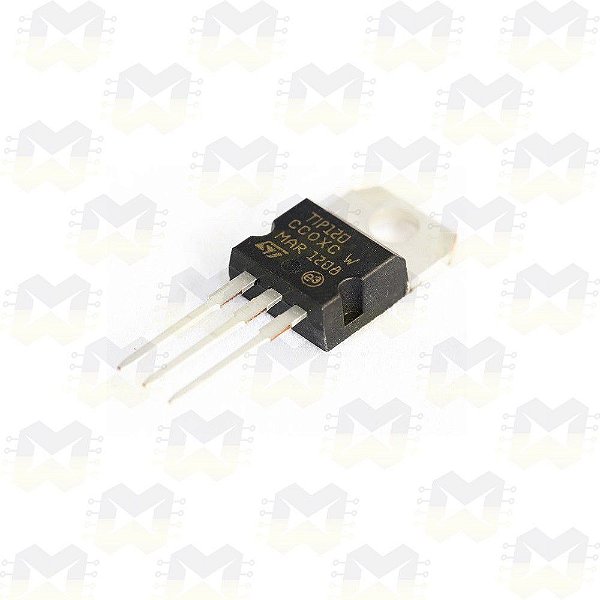

Lamp Shape and Base - different lamps come in different shapes and sizes, and have different bases. It’s a measure of the equivalent incandescent lamp you’d need, but the number has no bearing on your circuit. For example, if your lamp need 0.4 amps, then pick at least a 0.5 amp supply.Įquivalent Wattage - don’t be fooled by this number.

You should leave some overhead in choosing a power supply 20% is a good number. That means its current is about 0.4 amps. For example, this 12-24V landscape bulb operates at 12V and consumes 5 watts. If so, remember that wattage = voltage * current, and you can work out the current. These are higher than the operating voltage of microcontrollers, but well within range of many transistors.Ĭurrent - The current that a lamp needs should be listed in its technical specs, but often you’ll only be given the wattage. Voltage - The most common voltages for DC lamps are +12V, and +24V. When you start to plan a DC lighting project, remeber the relationships between voltage, current, resistance, and electrical power:Įlectrical power (wattage) = voltage * current These are not controllable using the method described here. To control low-voltage DC lamps from a microcontroller, you’ll need a separate power source, and a transistor that’s matched to your voltage and current needs.īe alert when shopping, as there are many LED lamps that operate on high-voltage AC on the market as well. In contrast, low-voltage LED lamps are relatively easy to control from a microcontroller. Although it is possible to control AC dimmer circuits from a microcontroller, it’s both more complex and less safe than working with low-voltage DC circuits. Until recently, if you wanted to control the lights in your home or office, you needed a control circuit for high-voltage AC power. The spread of LED lighting has made it much easier to create domestic lighting projects.

This project is maintained by tigoe Controlling Low-Voltage DC Lamps


 0 kommentar(er)
0 kommentar(er)
